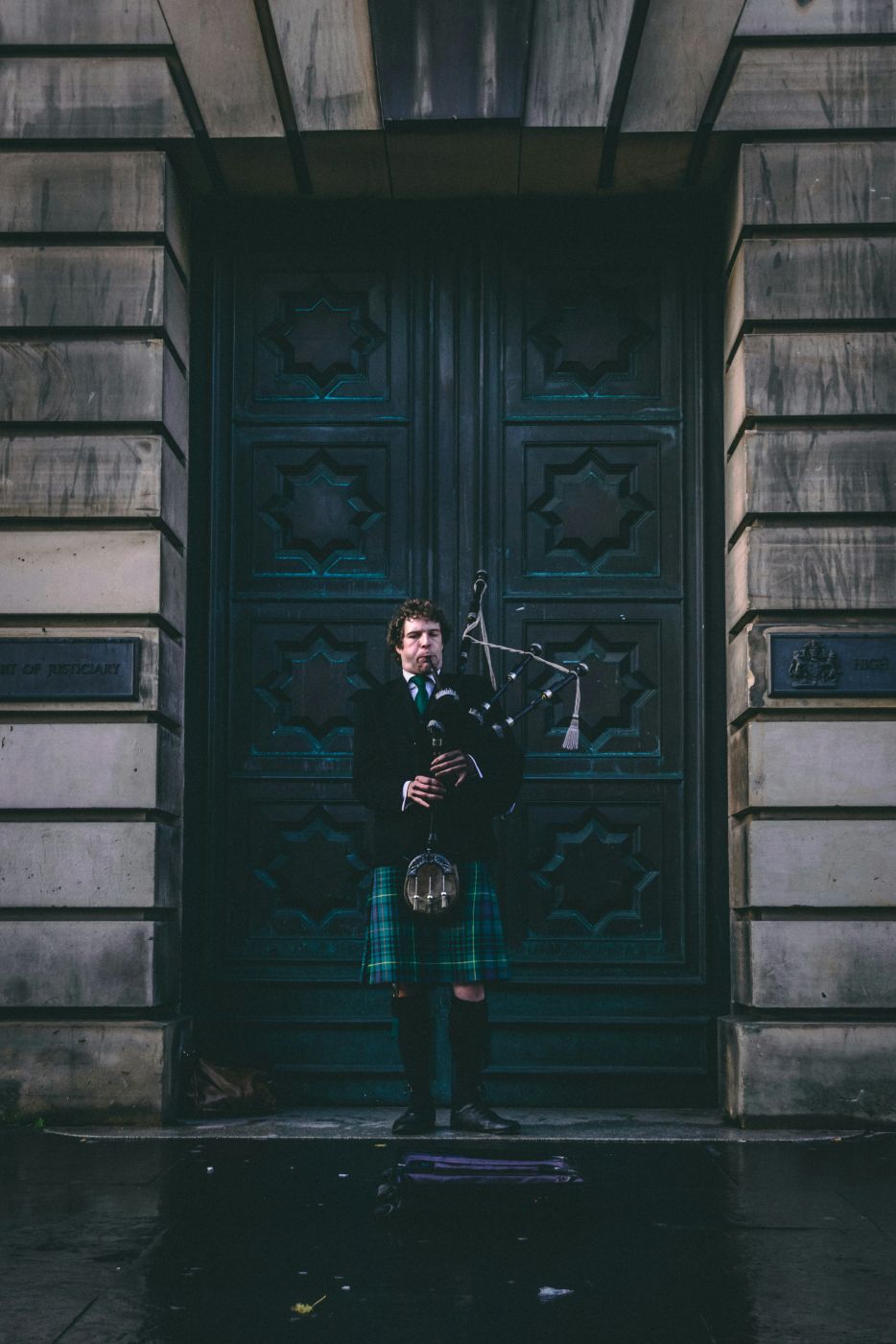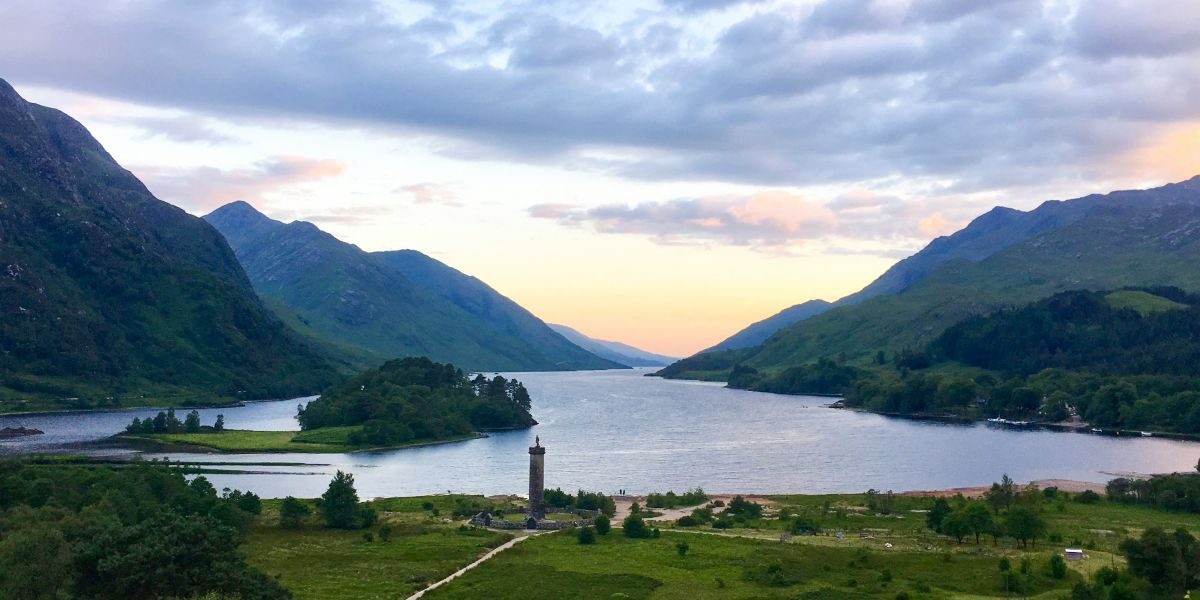By: SEO Mavens
What comes to mind when you think of Scotland? The landscapes, kilts, traditions, older culture, and many more. Though the country has significantly developed itself, all mentioned entities continue to hold a prominent place in Scotland’s identity. A primary volunteer helping these aspects to maintain their charm, even after a long time, is the Scottish Highlands, home to beautiful green, tall mountains, waters, Highland Games, traditional attire, and more. Allow us to explain how the Highlands are considered a central part of kilts and traditions.
Scottish Highlands: A Land Full of History
One of the aspects that makes the Scottish Highlands particularly respected among the Scots is their extensive and often celebrated history. Highlanders once lived in groups known as clans. These clans were somewhat like large families, with each tribe inhabiting a specific plot of land under the leadership of a chief. The clans remained close-knit, shared food, and supported one another.
Like other parts of the world, the Scottish Highlands and its clans witnessed many struggles, including wars and battles to protect their culture. One of the most famous series of conflicts was the Jacobite Uprising, a well-known movement that engaged the Scots in violent confrontations with British forces in an attempt to restore their monarch. Even though much has changed since then, the spirit of the Highlands still holds significance for many today.
Scottish Kilts as Part of Its Identity

If you’ve seen movies like Outlander or The Outlaw King, the Scottish identity that stands out is often characterized by people wearing kilts and participating in battles for Scotland’s freedom. The same attire in these web series often highlights men’s kilts, made with tartan, which are widely considered symbolic of Scotland. Not just the Highlanders, but clans across Scotland, and those who emigrated following the Highland Clearances, embraced wearing tartan kilts.
Kilts are traditionally made with tartan, and every clan still has its specific tartan pattern. Regardless of whether it’s a formal or casual event, it’s common to see Scots wearing their family tartan. Many take pride in donning their traditional attire. Modern brands, like The Utility Kilt in Parlin, NJ, continue to honor this heritage by offering kilts that blend traditional tartan patterns with functional designs, making them suitable for both ceremonial and everyday wear.
The Land Shapes the People
The inhabitants of the Highlands have historically been seen as both strong and proud. To better understand the roots of their nature, a visit to the Highlands is a must. It is a land of rugged beauty, with towering mountains like Ben Nevis, serene, verdant valleys, and deep lochs. Living in such an environment required a resilient nature—one that endured harsh weather, relied on fishing in cold waters, and cultivated the land.
The Highland way of life was shaped by this intimate relationship with nature. It taught the people to care for one another, work diligently, and appreciate the land. Even today, you might still sense that spirit while walking the hills or chatting with the locals.
Keeping Traditions Alive
Without a doubt, a significant number of people worldwide are fascinated by Scotland’s history. Therefore, Scots, whether living in Scotland or abroad, are dedicated to preserving the customs of the Highlands. Many traditional aspects of Highland culture—such as the Gaelic language, traditional music, dancing, and the act of wearing kilts at festivals—would likely have faded if it weren’t for this commitment.
Even those living outside of Scotland, regardless of their nationality, continue to celebrate Scottish culture. Many participate in these celebrations by wearing tartan on special occasions like Tartan Day and Burns Night Supper. Families who emigrated from the Highlands also continue to share music, stories, and honor their heritage. This ongoing involvement has played a key role in keeping Scottish culture alive, and some traditions still hold great importance today, including:
- Wearing kilts and tartans
- Speaking Scottish Gaelic
- Participating in the Highland Games
- Playing bagpipes
- Highland dancing
- Telling folklore and legends
- Celebrating Tartan Day
- Clan gatherings and heritage events
- Celtic music and instruments
- Traditional Highland dress at ceremonies
Places to Visit in the Highlands
The historical significance of Scottish festivals is widely recognized. However, to overlook the sites that shaped the structure of the Highlands would be a missed opportunity. The Scottish Highlands continue to attract hundreds of thousands of visitors every year. Some popular places to visit, where you can experience Scottish history firsthand, include:
- Urquhart Castle
- Eilean Donan Castle
- Culloden Battlefield
- Dunrobin Castle
- Fort George
- Clava Cairns
- Glenfinnan Monument
- Inverness Castle
- Ardvreck Castle
- Iona Abbey
Editor’s Opinion
The above discussion shows that the Scottish Highlands are much more than just a series of landscapes; they represent the heart of Scotland’s rich heritage. The kilts, tartans, and customs that have endured through the years are a testament to the Highland people’s pride and resilience. Whether you’re delving into local mythology, visiting historic castles, or wearing a kilt during a festival, the spirit of the Highlands lives on, providing a unique, timeless window into Scotland’s character.

















